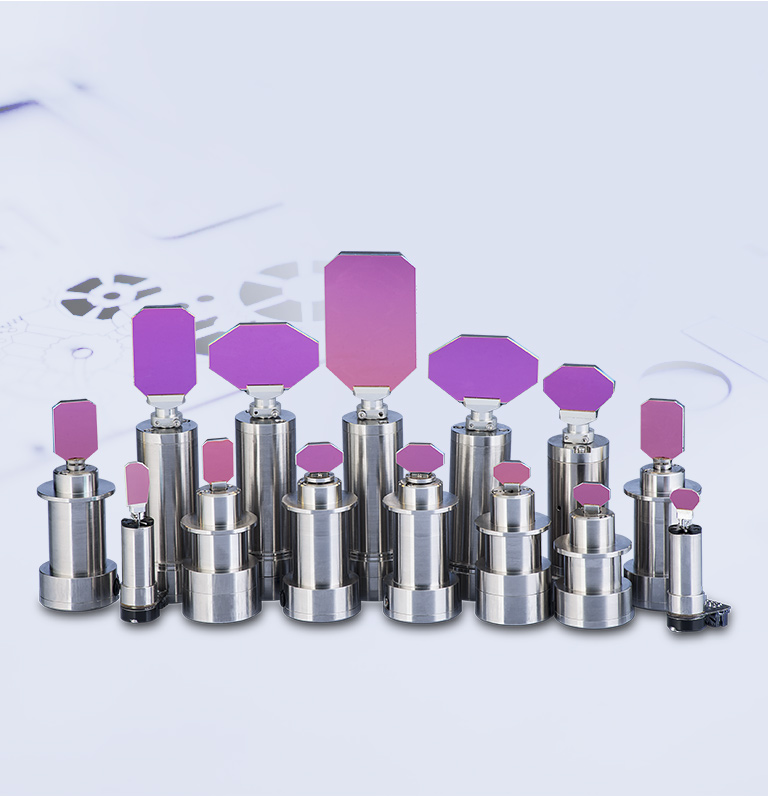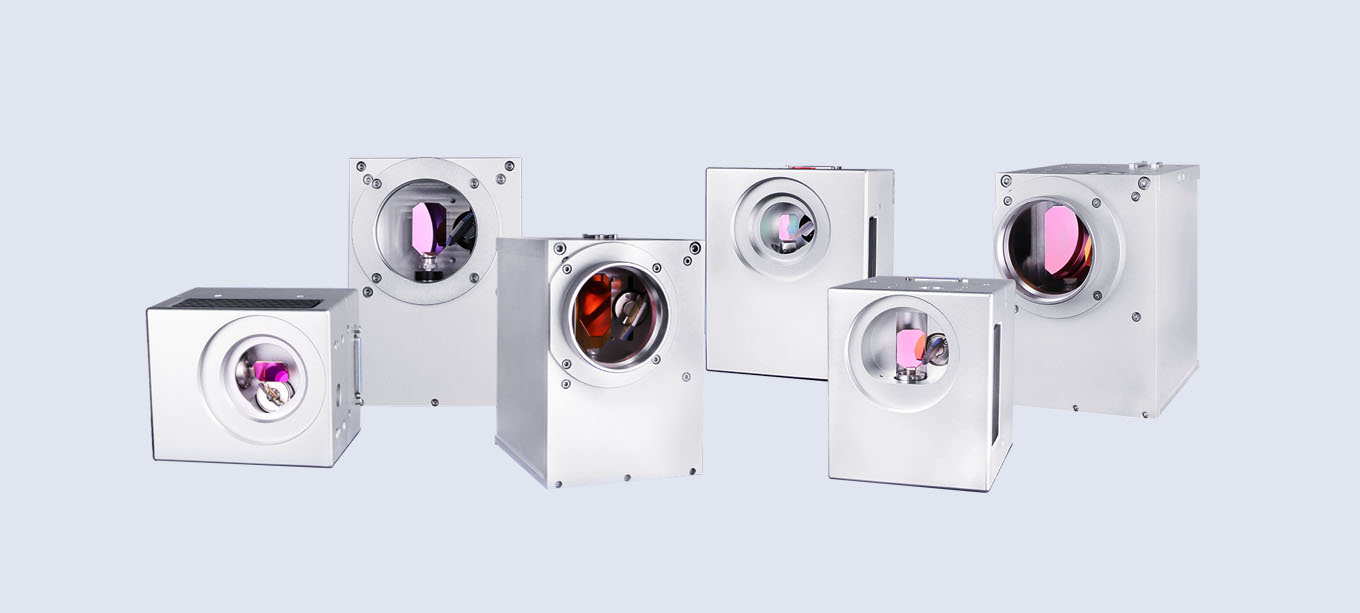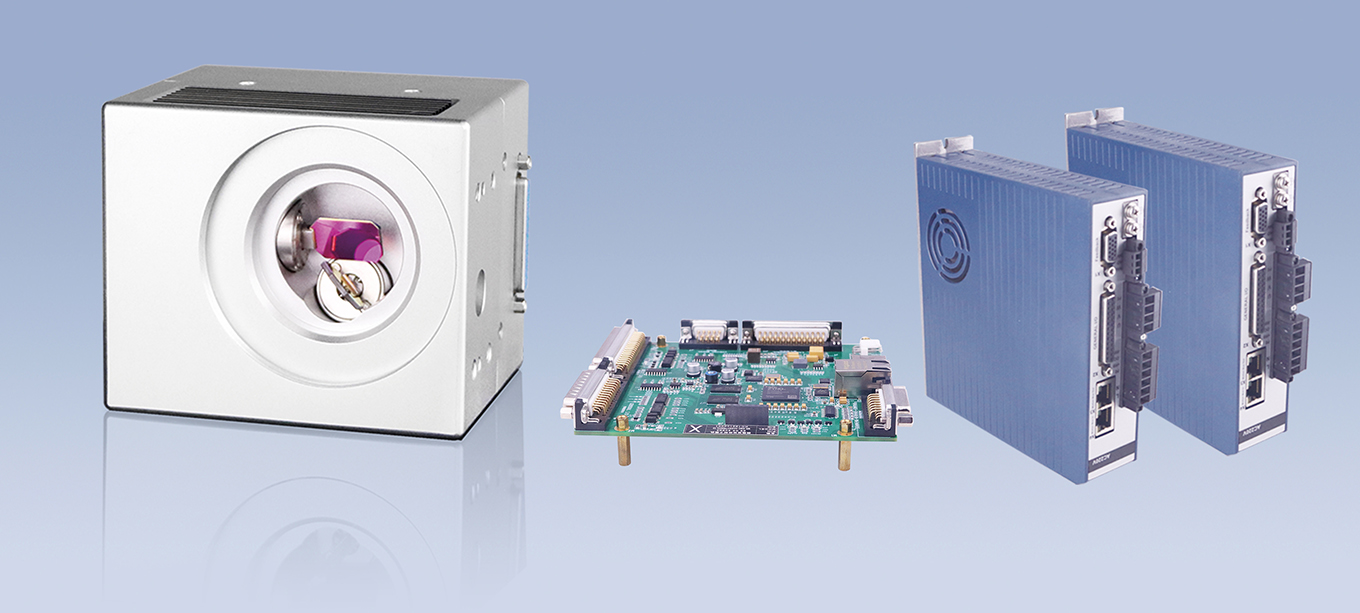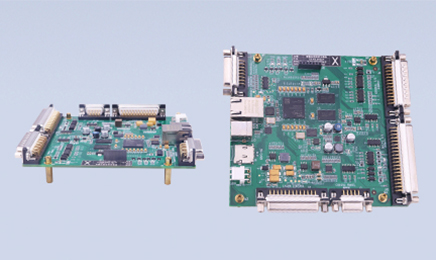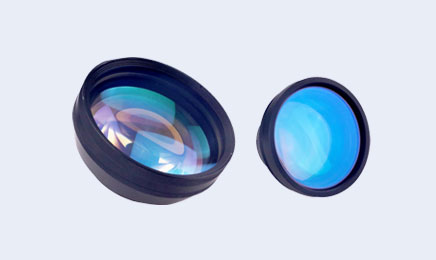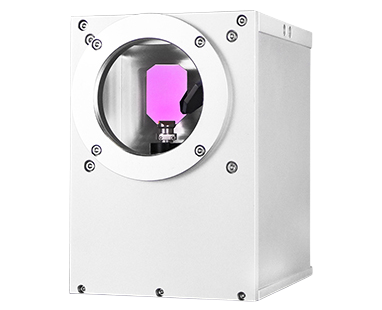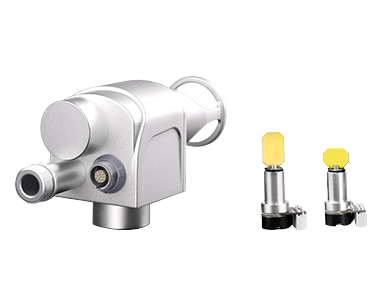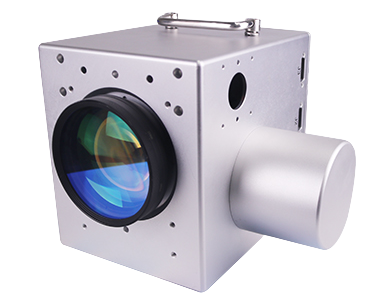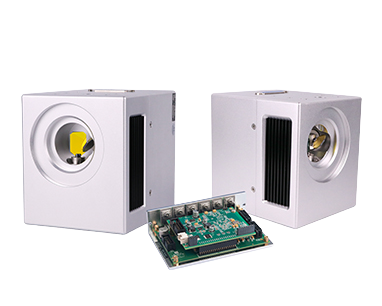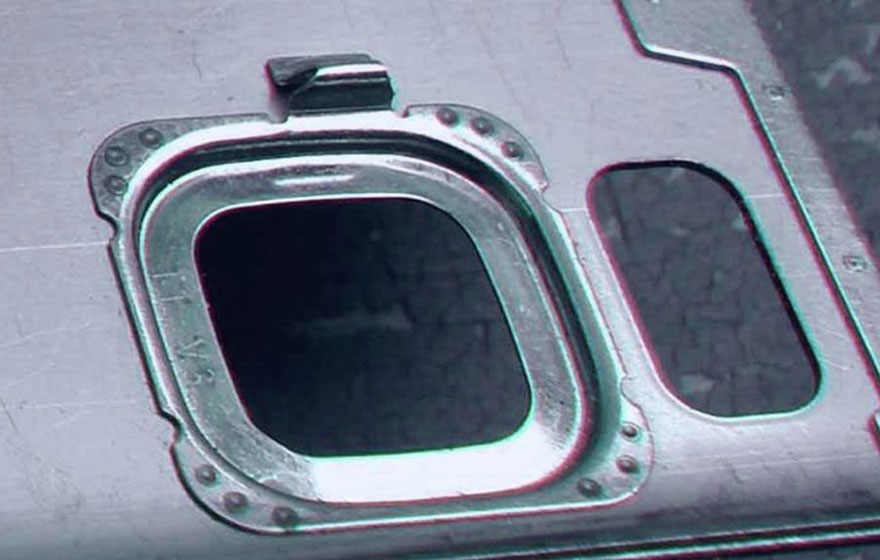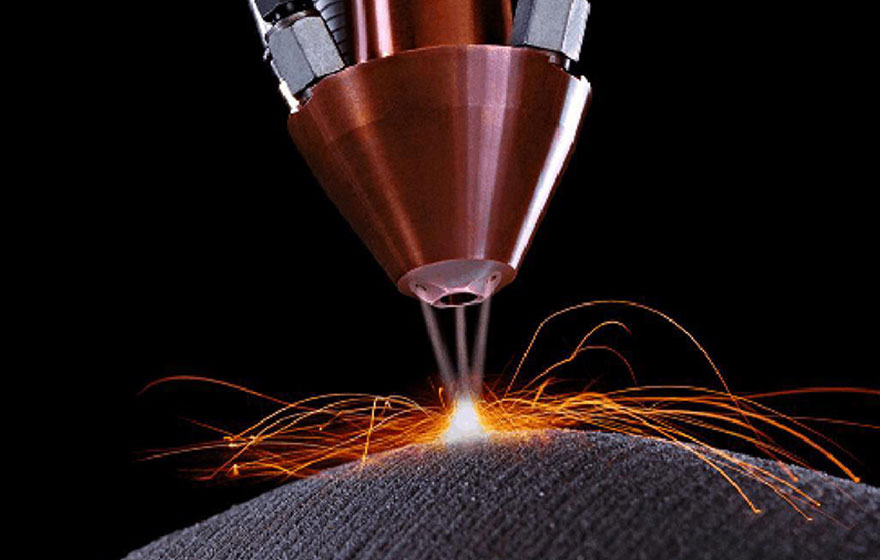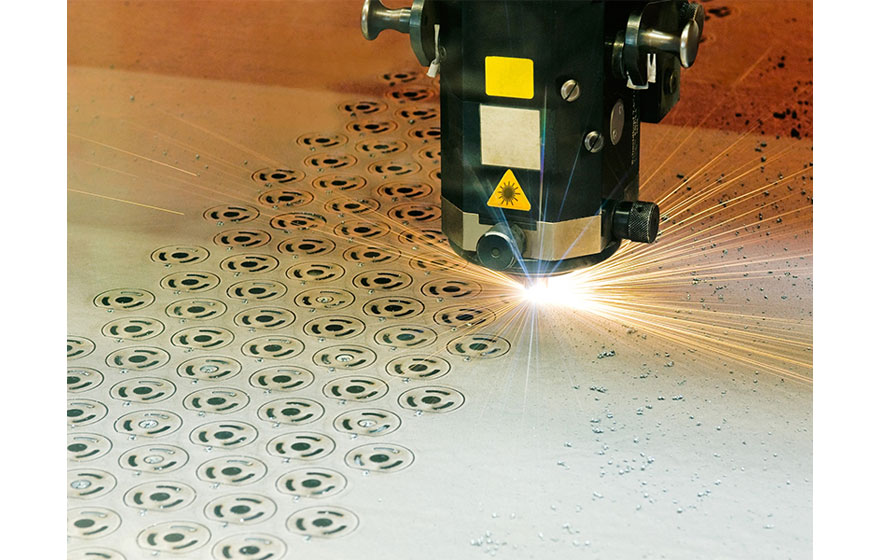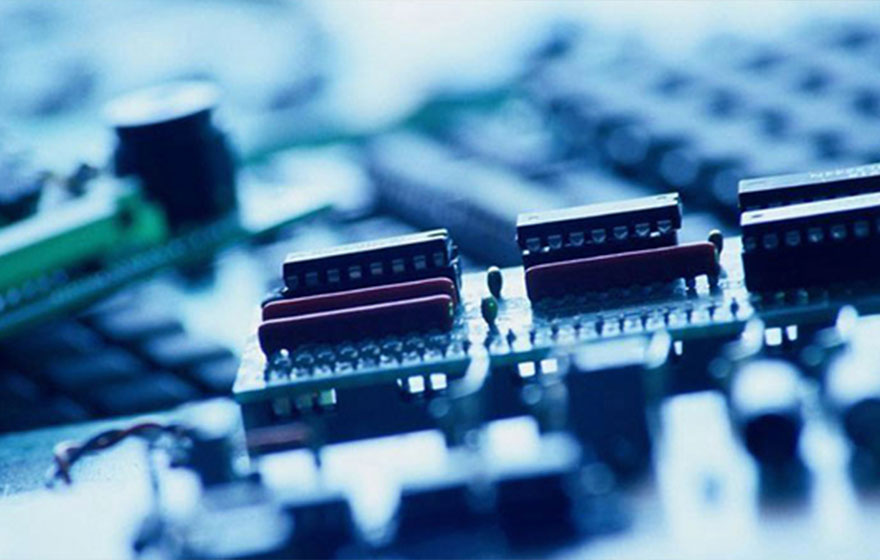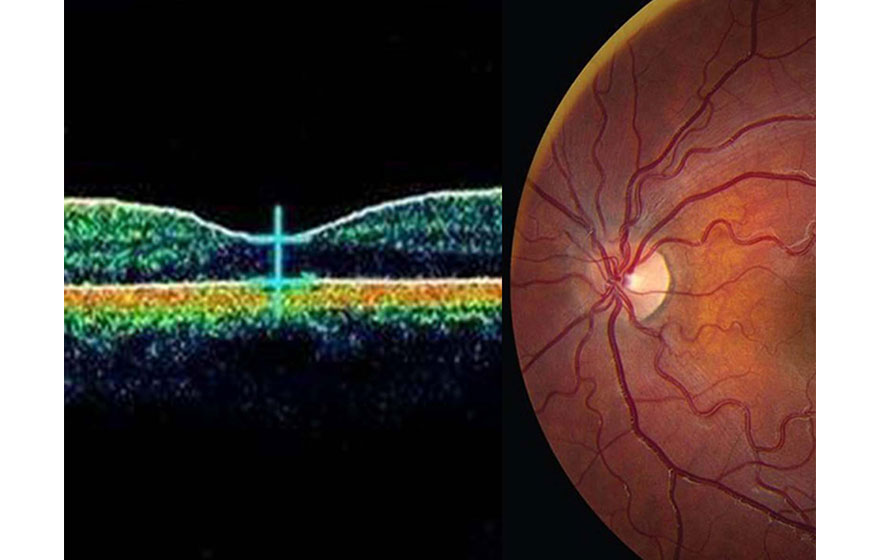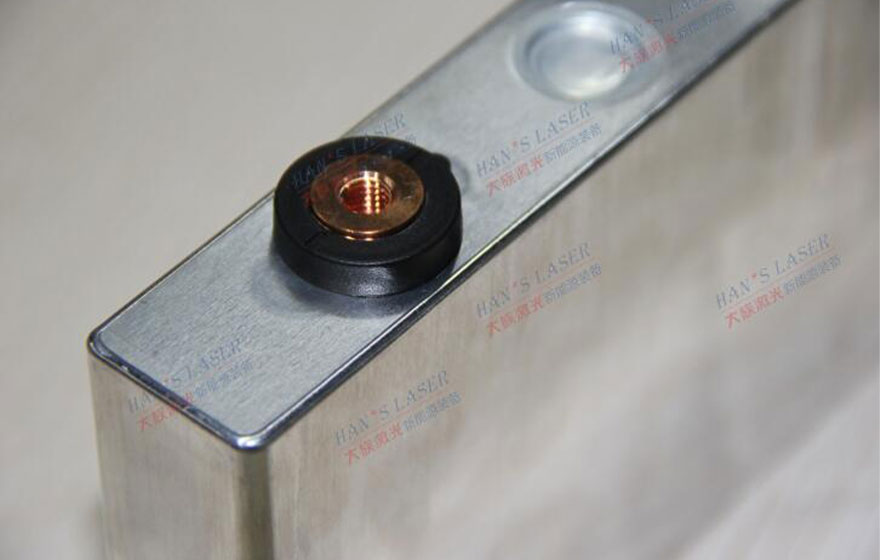Scanner Optics Co.,Ltd. is a high-tech enterprise integrating technology research and development, production and sales of optical scanning devices. We are committed to providing F-theta lens, encoder and galvo scanning system solutions for global customers.
Scanner Optics has a strong R&D team of optics, mechanical, electronics, software and process testing, and has obtained a dozens of utility model patents, invention patents and software copyrights. In addition to developing standard galvo scanning system and marking controllers, we also provide customers with customized galvoscanner solutions. Our products include ultra-galvo scanners, extra-galvo scanners, BLDC motor, voice coil motors, ultra-galvo scan heads, extra-galvo scan heads, Hashu intelligent scan head, 3D large field dynamic focusing system, polygon scanning system, four-axis synchronizing motion system, five-axis laser micromachining system, optical coherence tomography scan module and medical fractional laser system, etc.

 zh-CN
zh-CN
 English
English  日本語
日本語  한국어
한국어  français
français  Deutsch
Deutsch  Español
Español  italiano
italiano  русский
русский  português
português  العربية
العربية  tiếng việt
tiếng việt 




